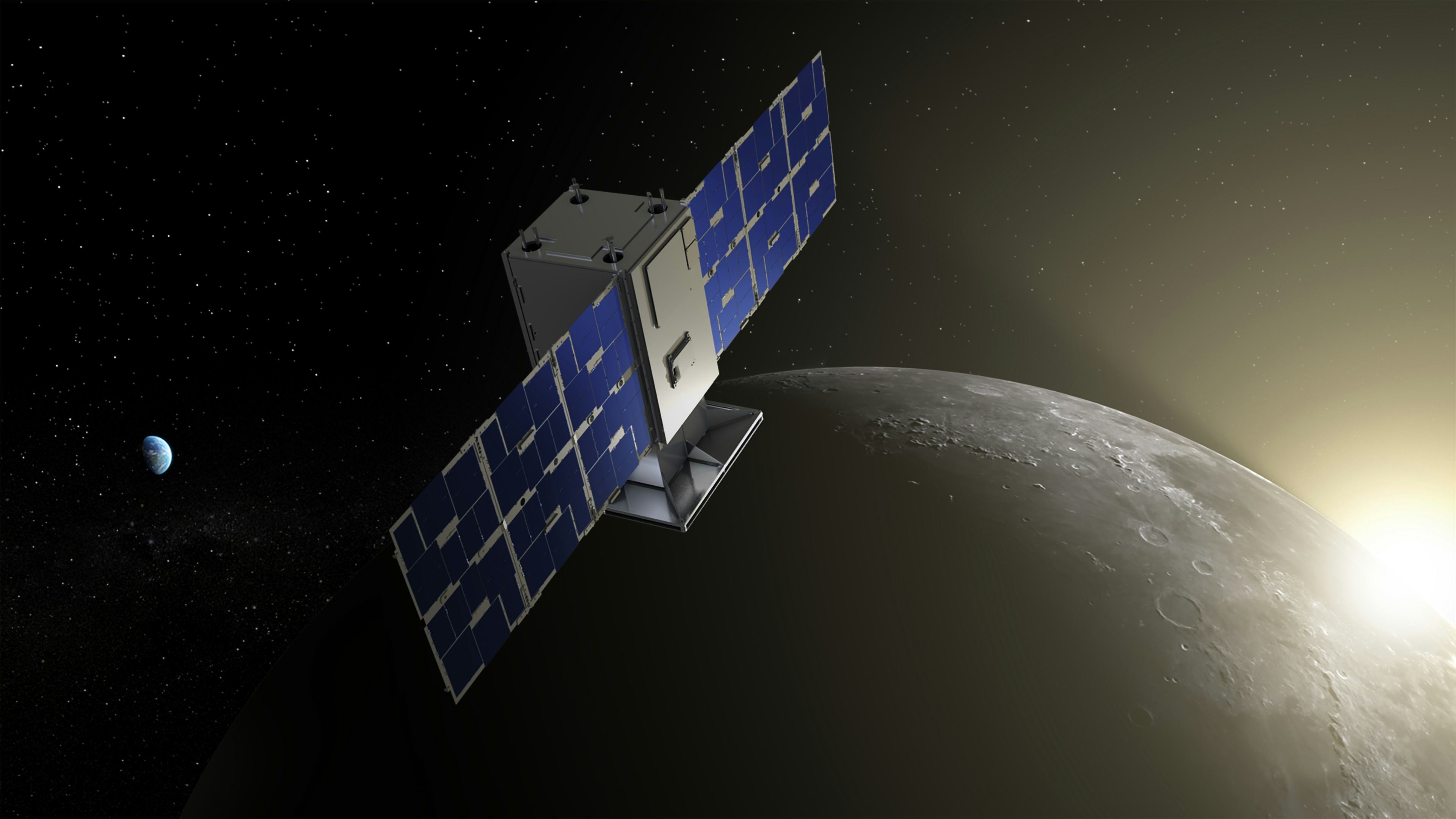
Update: On July 6, NASA announced that contact with the probe had been re-established.
NASA’s newest lunar probe fell out of communication with Earth today — and mission engineers are scrambling to understand why.
The CAPSTONE mission launched on June 28, and safely nestled itself into Earth’s orbit in preparation for an audacious experiment where the probe would use the Moon’s gravity to nudge itself into a new orbit, saving fuel along the way. Its eventual lunar orbit is the one NASA plans to use for the Lunar Gateway, a space station in orbit around our nearest space neighbor.
But when it came time to head toward the Moon, something went wrong. After successfully leaving Earth’s orbit on Monday, the probe lost communication with NASA on Tuesday, according to a short update posted on the agency’s Artemis blog.
“Following successful deployment and start of spacecraft commissioning on July 4, the Cislunar Autonomous Positioning System Technology Operations and Navigation Experiment (CAPSTONE) spacecraft experienced communications issues while in contact with the Deep Space Network,” NASA public affairs spokesperson Sarah Frazier wrote in the post. “The spacecraft team currently is working to understand the cause and re-establish contact.”
Frazier added that NASA understands the probe’s trajectory well and can delay a course-correcting maneuver a few days while NASA works on re-establishing contact. But for now, it means CAPSTONE will be floating in the void.
CAPSTONE is a CubeSat mission, a class of tiny stackable satellites that can be used for small-scale missions. They’re relatively cheap — around $100,000 to build, and often launch with the help of small rockets or tag along a larger rocket’s launch — and offer a flexible platform to accomplish smaller goals. The CAPSTONE mission cost NASA about $13 million and was launched on Rocket Lab’s small Electron rocket.
In this case, CAPSTONE was used to test out ballistic lunar transfer, in which the gravitational pull of the Moon is used to force the craft into a new orbit while saving money on fuel.
With the mission out of reach, NASA is rushing to re-establish communications with the craft. The mission is a prelude to the Artemis program, NASA’s ambitious return to the Moon. The ballistic transfer could be a cheap way to get supplies to astronauts on the Moon — but to test the viability, CAPSTONE has to leave Earth first.







